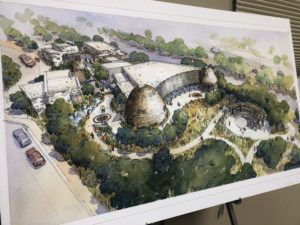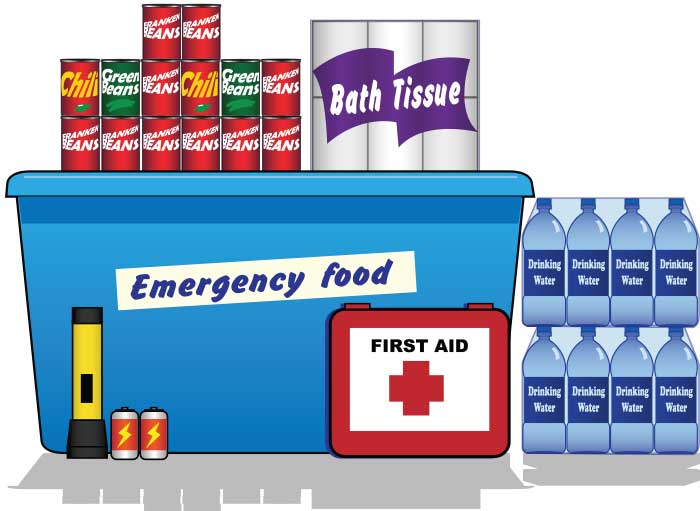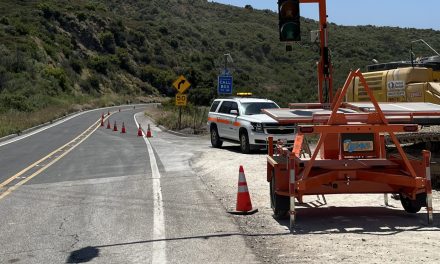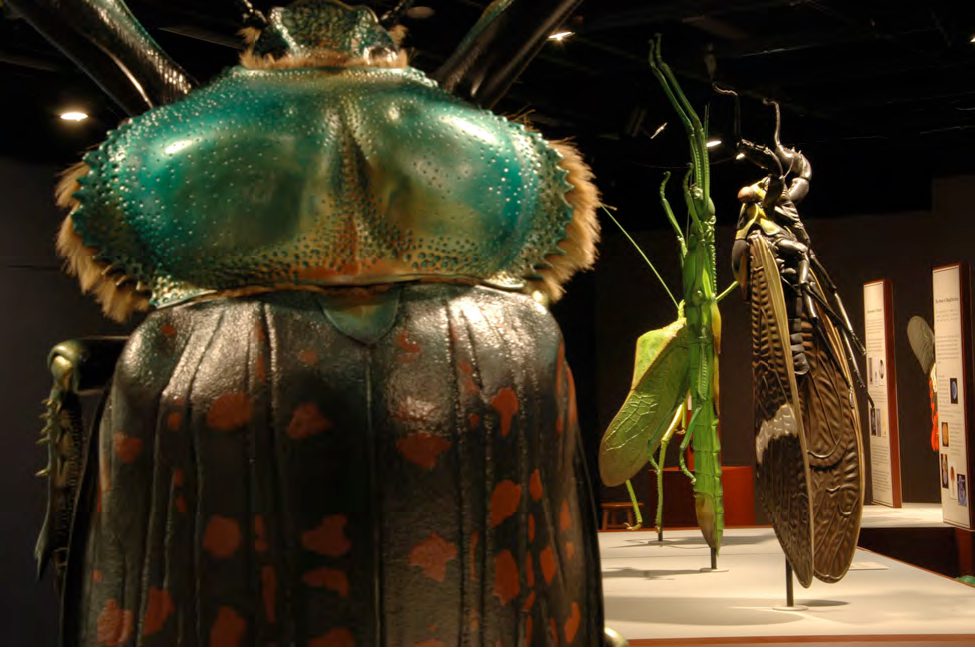By Raiza Giorgi
Publisher@santaynezvalleystar.com
Jacy Romero grew up in a trailer without electricity on the Santa Ynez Chumash Indian Reservation. Her home was located along the Sanja Cota Creek and she recalled wanting to know more about her heritage and not feeling much connection to her ancestors, said Kathleen Conti, executive director of the future Santa Ynez Chumash Museum and Cultural Center.
“This museum will connect not only members of the Chumash together but the community, to learn their history and how they have survived for thousands of years in this area,” Conti said.

Tribal council leaders Raul Armenta, leader Kennth Kahn, Maxine Littlejohn and Gary Pace pictured with rendering of the future Chumash Museum and Cultural Center.
Photo by Raiza Giorgi
Plans and several artifacts from Chumash culture were on display at a press conference at the Chumash Tribal Hall. Tribal leader Kenneth Kahn introduced the various people involved from the Tribal Council, architects and curators to a crowd of more than 25 people which included Mayors from Solvang, Buellton and Santa Barbara.
“I am looking forward to what they will build, adding more culture and opportunities for visitors to see valley history. I haven’t always agreed with gaming aspects, but this is something I can get support,” said Jim Richardson, Mayor of Solvang.
The two-year construction project for the 14,000-square-foot facility will begin before the end of the year on the 6.9 acres of land across Highway 246 from the Casino in Santa Ynez and is estimated to cost $32 million.
“Haku, welcome, as we celebrate the beginning of the transformation to constructing the museum and cultural center. We started this journey in 2006 and have spent years figuring out how to tell our story,” Kahn said.
The stated mission of the Santa Ynez Chumash Museum and Cultural Center is “to promote respect, knowledge and dialog by sharing the cultural heritage of the first people of the area and the present day Santa Ynez Band of Chumash Indians. Our stories will connect the past with the present in order to inform our shared future. The museum and cultural center will achieve this through collecting, preserving and presenting outstanding collections, images and programs about our Chumash culture.”
In 2014, when the Bureau of Indian Affairs officially placed the land into federal trust, the tribe hired Seattle-based architects Jones & Jones to begin plans for the Santa Ynez Chumash Museum and Cultural Center.
“Thank you to the Tribe for sharing your stories and themselves with us which helped our design team to learn the heritage. Sustainable living was the highest priority of the Chumash people and that’s what we will keep with this project,” Jones said.
The design includes a Welcome House, Heritage House, Traditional Tule House, Samala Language House, and a Tomol House; symbolically bringing together several houses to make a village, according to the tribe. These components and others will offer visitors informative exhibits and exciting programming that tell the Chumash story in the authentic voice of the people across the site.
Conti explained there will be more than 20,000 items on display from artifacts, cultural items, paintings, musical instruments, rock art and more.
“We want visitors to experience Chumash life, even the hard stories that have to be told like population decline and sterilization, but in those stories are ones of survival,” Conti added.
A 3.5-acre cultural park adjacent to the museum features an amphitheater for storytelling as well as a living village. The museum landscaping includes traditional plants gathered for food, medicine and making items used in everyday life. A basketry and cordage garden will highlight plants used for weaving highly specialized baskets.
The museum will also advance the legacy of Chumash environmental stewardship and keep ancient sustainability traditions alive in the 21st Century by seeking to become one of the first LEED-certified tribal museums in the United States. The project will feature high-efficiency systems to protect the tribe’s artifact collection, locally sourced materials – like stone from the Santa Ynez River – and landscape irrigation that utilizes recycled water.
For more information on the Chumash history and culture log onto www.santaynezchumash.org. Click here to watch the video provided by the tribe about the museum and cultural center.








